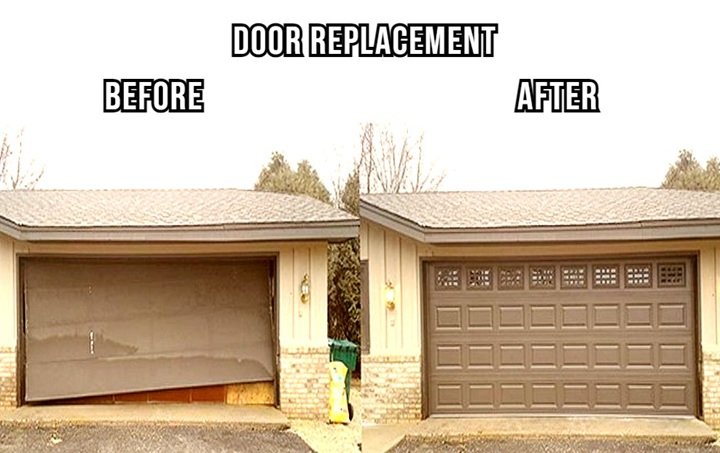Key Takeaways
- Understanding risks and preventive measures with electrical outlets is crucial for child safety.
- Choosing the right protective devices and educating children on electrical safety can significantly reduce risks.
- Regular maintenance and knowing when to seek professional help ensure long-term safety.
Understanding the Risks Associated with Electrical Outlets
Often ubiquitous in every homeroom, electrical outlets are a common household feature that can quickly turn hazardous, especially for young children. Attracted by small holes and shiny objects, toddlers may attempt to insert fingers or items into outlets, leading to potential electric shocks or burns. The importance of taking preventive measures cannot be overstated, as they form the first line of defense against such incidents. By understanding and implementing how to childproof electrical outlets, parents can create a safe environment conducive to curious exploration without the risk of electrical accidents.
Awareness plays a pivotal role here. Many injuries related to electricity in young children result from preventable household accidents. This underscores the necessity of adopting safety installations effectively, creating a safety net through which common electrical hazards cannot seep.
Choosing the Right Outlet Covers
Regarding childproofing, outlet covers are an indispensable tool that transforms hazardous outlets into safe points. Not all covers are created alike; however, understanding the differences between plug-in and sliding covers is essential. Plug-in covers are straightforward: they block the outlet holes directly, making them an easy installation that doesn’t require any tools. However, sliding covers add an extra layer of defense by staying attached to the outlet plate itself, opening only when a plug is inserted.
Choosing between these depends on factors such as durability and ease of use. For instance, in homes where outlets are frequently used, sliding covers may provide the flexibility needed without compromising safety. Proper installation involves securing the covers tight enough to prevent easy removal, combining efficacy with the discretion suitable for every room in the house.
Utilizing Tamper-Resistant Receptacles (TRRs)
Unlike standard outlets, Tamper-Resistant Receptacles (TRRs) are designed to keep young hands safe. These receptacles boast an internal shutter mechanism, which only opens when equal pressure is applied on both sides—something practically impossible for a child to manipulate with random objects. This innovation adds a critical layer of security, blocking direct access when the outlet is not in use.
Endorsements from organizations like the National Fire Protection Association (NFPA) highlight the effectiveness of TRRs, highlighting a reduced rate of electrical incidents in homes where they are installed. This makes TRRs a recommendation and investment in peace of mind and child safety.
Implementing Cord Shortening Solutions
Cords and cables, while serving as vital connectors for our gadgets and appliances, present a dual hazard in households with young children. They can lead to potential strangulation or be tempting targets for tugging and gnawing, possibly leading to electrical faults or damages. Cord shorteners come into play as an uncomplicated solution, wrapping up excess lengths and keeping them out of sight and reach.
Strategically managing cables, such as running them along walls or concealers, ensures they blend seamlessly into home decor while establishing a safety perimeter. Such proactive measures prevent toddlers from tangling with cords and contribute to a tidy, accident-free zone.
Safeguarding Power Strips
With their array of outlets and conspicuous presence, power strips can appear enticingly interactive to children, much like a toy. Thus, safeguarding them is another crucial aspect of childproofing. Enclosures that fit over power strips can block access to outlets and switches. Moreover, placing these strips in elevated or hidden locations makes them less visible and reachable to tiny hands.
Teaching Children About Electrical Safety
While physical barriers and safety devices are essential, educating children about electrical safety is indispensable. Kids are naturally curious, and turning this curiosity into a learning opportunity can be impactful. Simple safety lessons on recognizing danger signs and the implications of mishandling electrical equipment can foster informed awareness. According to Parenting FirstCry, teaching kids basic rules like not touching sockets with wet hands or avoiding the use of broken electrical appliances plays a crucial role in preventing shocks and injuries.
Engage children with interactive safety drills and use story-based learning to cultivate a clear understanding of the “do’s and don’ts” with electricity. Encourage open conversations about safety rules and reinforce them consistently until they become second nature to the child.
Childproofing is not a one-time effort. Regular inspections are vital to ensuring lasting safety. This includes checking that outlet covers and TRRs remain secure and intact and verifying no signs of damage, such as cracks or unstable connections. Equally vital is reassessing arrangements of furniture and electronics that might shift over time, necessitating adjustment to maintain safety standards.
Seeking Professional Help for Advanced Childproofing
The expertise of a professional electrician becomes invaluable when considering more involved safety installations or when doubts arise about the integrity of existing electrical systems. From rewiring to advanced safety audits, professionals can identify risks that might not be apparent to the untrained eye, advising on the best courses of action tailored to individual home needs.
Moreover, engaging a professional means accessing precise implementations of cutting-edge safety devices and ensuring compliance with updated safety regulations, thus guaranteeing a secure environment for children without compromise.




